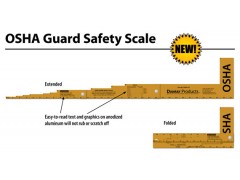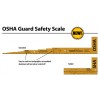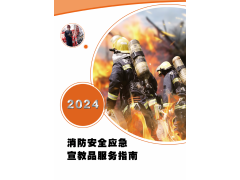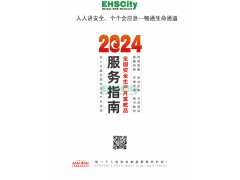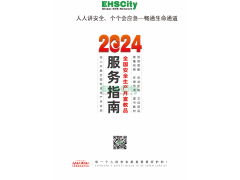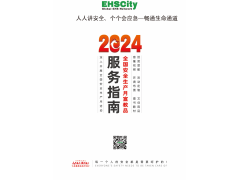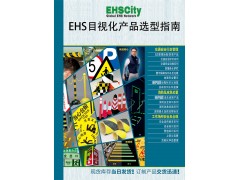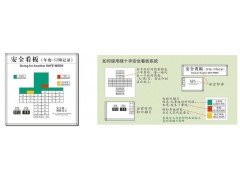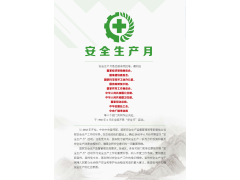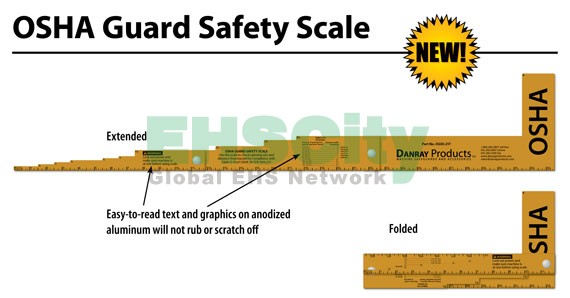
Product Information
Point-of-operation barrier guards must be designed, constructed, applied, and adjusted so that individuals cannot reach through, over, under, or around the guards and reach the hazard. Most barrier guards have openings in them due to their design or because they are constructed out of materials such as wire mesh, expanded metal, rods, or hairpins. These openings must be checked for safety compliance.
Table O-10 and the Safe Openings Diagram of OSHA 29 CFR 1910.217 for mechanical power presses are used for reference when determining maximum guard openings and minimum mounting distances of barrier guards so that body parts such as hands and fingers cannot reach the hazard area. The dimensions in Table O-10 and the Safe Openings Diagram come from a series of machine-guarding drawings developed by Liberty Mutual Insurance Company in the 1940s. These drawings represent the relationship between guard openings and mounting distances. The recommended dimensions in these drawings are based upon what was then termed "average-size hands."

ANSI incorporated the recommended dimensions from Liberty Mutual's machine-guarding drawings into its 1971 revision of the ANSI B11.1 safety standard for mechanical power presses. OSHA used ANSI B11.1-1971 as the basis for its own mechanical power presses standard, 1910.217, which was also publiSHEd in 1971. Therefore, Liberty Mutual's machine-guarding drawings and their recommended dimensions were used for Table O-10 and the Safe Openings Diagram of OSHA 29 CFR 1910.217, which remain unchanged and are still used today for compliance.
Our new OSHA guard safety scale can be used to check the openings in barrier guards for OSHA compliance. The yellow-colored, three-section folding scale has English units (inches) on both sides and includes the maximum permissible opening of six inches. It is made out of anodized aluminum and has easy-to-read text and graphics that will not rub or scratch off. It can be used during the design, installation, and inspection of barrier guards to make sure they comply with OSHA 29 CFR 1910.217.
Danray Products LLC offers machine safety products and accessories including machine safety shields (lathe carriage shields, lathe chuck shields, wood lathe shields, portable shields, and snake-arm shields), snake-arm lamps, U.S. Copyright Office–registered safety signs, a U.S. Copyright Office–registered bench grinder safety scale, a U.S. Copyright Office–registered fan guard safety scale, an OSHA guard safety scale, and an ANSI and CSA guard safety scale for compliance with applicable Occupational Safety and Health Administration (OSHA), American National Standards Institute (ANSI), and Canadian Standards Association (CSA) safety standards for machinery. These products can be used with metalworking and woodworking machinery such as drill presses, milling machines, grinders, lathes, and saws.
Our safety shields are designed to protect the operator and other employees in the machine area from hazards such as those created by the point of operation, ingoing nip points, rotating parts, as well as flying chips, sparks, and coolant. When used properly, these safeguards will comply with OSHA 29 CFR 1910.212, General Requirements for All Machines, as well as other applicable OSHA, ANSI, and CSA safety standards.
With over 50 years of combined experience in the field of machine safeguarding, we have extensive knowledge of relevant OSHA, ANSI, CSA, RIA, and NFPA safety standards. We are members of several ANSI B11 ASC subcommittees that develop and revise ANSI B11-series safety standards for machine tools.

